Title: Mule Train Mail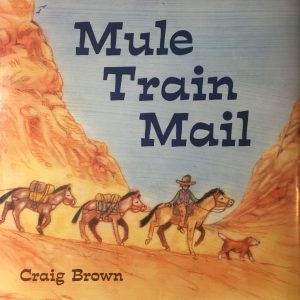
Author: Craig Brown
Illustrator: Craig Brown
Publisher: Charlesbridge, 2009
Number of Pages: 34 pages
Tags: Adventure, Animals, Culture, Diversity, Non-fiction, Picture Book, 4-5, Stephanie Prentice
Genre: Non-Fiction
Analysis: Anthony the mail man delivers mail to the town of Supai on a mule for through the Grand Canyon. This nonfiction book tells the story of Anthony’s journey, the only mule train delivery system left in the United States.
This story acts as a window for children to see the culture of the Supai village. The Supai village is located on the Havasupai Indian Reservation at the bottom of the Grand Canyon. This is very unique because people can only access this area by horse, mule, or helicopters. The cultures represented in this book are depicted accurately. The author is very knowledgeable about this culture and delivery system because he took the journey himself before writing this book. He discusses his experience at the end of the book.
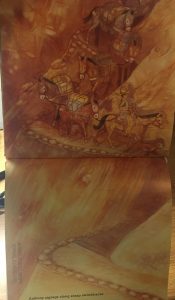 The images, created by the author, begin with a map tracking the map the mule train follows. As Anthony starts his descent to the Supai village, the images turn long-wise, emphasizing the downward descent of the mountain. The images display the different types of weather that the mules face such as snow and ice or very hot. The illustrations accurately depict the terrain in the Grand Canyon. As they reach the bottom of the mountain, the images turn back to horizontal. The double spread page allows the reader to engage themselves in the journey alongside Anthony. The book is told in a narrative manner, as if the author is retelling the story of his journey to a friend. Since this book tells a true story, it introduces children to a different culture. Students who read this book will be introduced to a different type of public service. In addition, it raises awareness about a culture that does not receive a lot of recognition. This book can also be used to show the dedication and determination that Anthony has for his job. The mail gets carried through very dangerous weather that could harm both Anthony and the mules.
The images, created by the author, begin with a map tracking the map the mule train follows. As Anthony starts his descent to the Supai village, the images turn long-wise, emphasizing the downward descent of the mountain. The images display the different types of weather that the mules face such as snow and ice or very hot. The illustrations accurately depict the terrain in the Grand Canyon. As they reach the bottom of the mountain, the images turn back to horizontal. The double spread page allows the reader to engage themselves in the journey alongside Anthony. The book is told in a narrative manner, as if the author is retelling the story of his journey to a friend. Since this book tells a true story, it introduces children to a different culture. Students who read this book will be introduced to a different type of public service. In addition, it raises awareness about a culture that does not receive a lot of recognition. This book can also be used to show the dedication and determination that Anthony has for his job. The mail gets carried through very dangerous weather that could harm both Anthony and the mules.

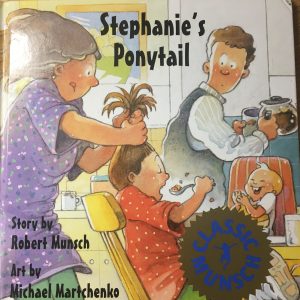
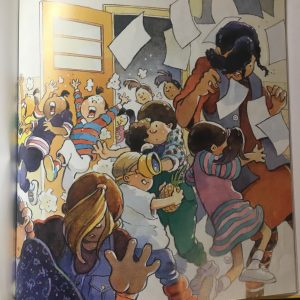
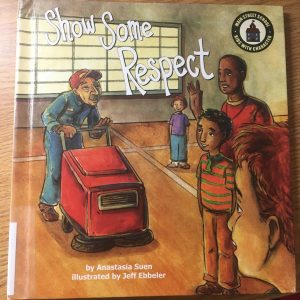 Title: Show Some Respect
Title: Show Some Respect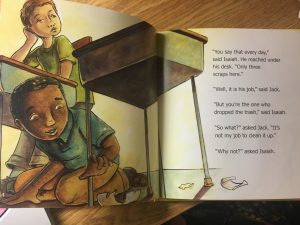
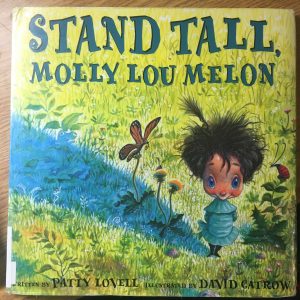 Title: Stand Tall Molly Lou Melon
Title: Stand Tall Molly Lou Melon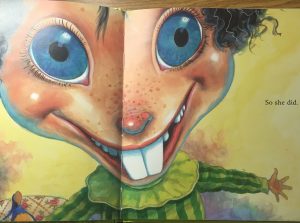 e did” shows the reader that Molly Lou Melon took her grandmother’s advice to heart. The lack of frames in the illustrations allows the reader to connect to Molly Lou Melon on a personal level. Ideologically, this book has many layers. One layer shows that if people stand up to bullies, the bullying stops. Each time Ronald Durkin bullied Molly Lou Melon, she did something that all her other classmates loved. Eventually Ronald Durkin stopped bullying her. The second layer teaches children to love who they are and what they look like. Molly Lou Melon has a lot of self confidence when it comes to doing anything. Molly Lou Melon’s grandmother teaches her that she can accomplish anything if she carries herself with confidence, and that’s just what she does. This book teaches children to value self confidence and individuality.
e did” shows the reader that Molly Lou Melon took her grandmother’s advice to heart. The lack of frames in the illustrations allows the reader to connect to Molly Lou Melon on a personal level. Ideologically, this book has many layers. One layer shows that if people stand up to bullies, the bullying stops. Each time Ronald Durkin bullied Molly Lou Melon, she did something that all her other classmates loved. Eventually Ronald Durkin stopped bullying her. The second layer teaches children to love who they are and what they look like. Molly Lou Melon has a lot of self confidence when it comes to doing anything. Molly Lou Melon’s grandmother teaches her that she can accomplish anything if she carries herself with confidence, and that’s just what she does. This book teaches children to value self confidence and individuality.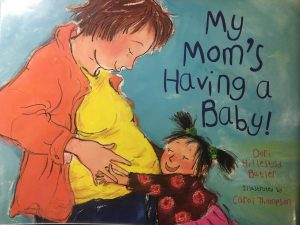 Title: My Mom’s Having a Baby
Title: My Mom’s Having a Baby hat the baby has finger nails, eyes, and ears. It shows the actual size of the embryo at this point in the pregnancy. When Elizabeth wonders how the baby got there, the process of creating a baby is explained. The images include the human anatomy of the female and the male as well as an honest explanation of how the baby got there. The images are pencil drawings with some water color. The use of text bubbles emphasizes the idea that the questions asked in this book are common from children who are expecting to be a big brother or sister. The text in the bubbles also resembles a child’s handwriting, giving it a sense of authenticity.
hat the baby has finger nails, eyes, and ears. It shows the actual size of the embryo at this point in the pregnancy. When Elizabeth wonders how the baby got there, the process of creating a baby is explained. The images include the human anatomy of the female and the male as well as an honest explanation of how the baby got there. The images are pencil drawings with some water color. The use of text bubbles emphasizes the idea that the questions asked in this book are common from children who are expecting to be a big brother or sister. The text in the bubbles also resembles a child’s handwriting, giving it a sense of authenticity.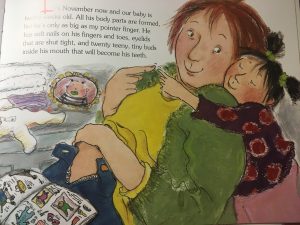
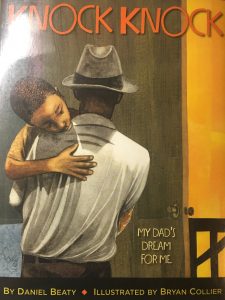 Author: Daniel Beaty
Author: Daniel Beaty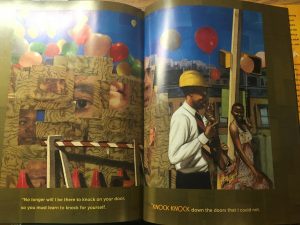 he couldn’t, as well as knock to open the doors to his dreams. This element ties into the game they used to play when he as a child. Ideologically, this book has many important lessons. While it speaks to the children who have lost a parent, it also aims to show hope, the importance of making good decisions, and to not let a past define a future. This book speaks to all children who may have the odds stacked against them. Some people may believe that this book is stereotypical because the father, an African American, is sent to jail. However, I believe that this book is great for all children, regardless of their situation.
he couldn’t, as well as knock to open the doors to his dreams. This element ties into the game they used to play when he as a child. Ideologically, this book has many important lessons. While it speaks to the children who have lost a parent, it also aims to show hope, the importance of making good decisions, and to not let a past define a future. This book speaks to all children who may have the odds stacked against them. Some people may believe that this book is stereotypical because the father, an African American, is sent to jail. However, I believe that this book is great for all children, regardless of their situation.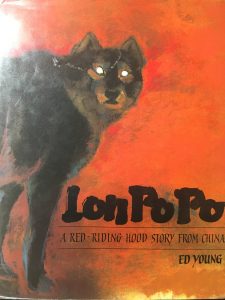
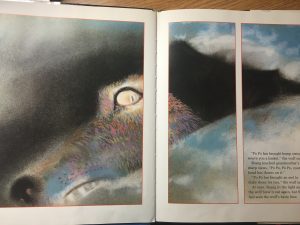
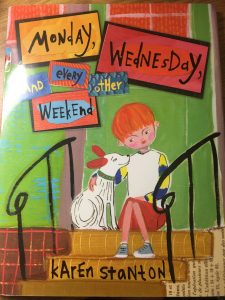 Author: Karen Stanton
Author: Karen Stanton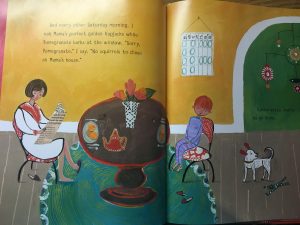 e days that Henry will spend there. The author and illustrator uses Pomegranate to display most of the emotions felt by children during times of divorce within their family. For example, Pomegranate runs away and Henry knows just where to find him. Henry runs to his old house, “the house where we all used to live together,” and finds Pomegranate there. However, she portrays the main character Henry as happy and well adjusted to his new life, but does not underplay the emotions Henry experiences. The author also portrays each parent positively, listing the perks of living in each house. While searching for the dog, the illustrator creates a map that allows the reader to see the town in which Henry lives. The dots on the map show where Henry goes to find his dog. This book handles the feelings surrounding divorce in a positive way. This book can be used by families who are struggling to establish a new way of living after divorce. This book is relatable to a lot of children who experience this shift in family dynamics.
e days that Henry will spend there. The author and illustrator uses Pomegranate to display most of the emotions felt by children during times of divorce within their family. For example, Pomegranate runs away and Henry knows just where to find him. Henry runs to his old house, “the house where we all used to live together,” and finds Pomegranate there. However, she portrays the main character Henry as happy and well adjusted to his new life, but does not underplay the emotions Henry experiences. The author also portrays each parent positively, listing the perks of living in each house. While searching for the dog, the illustrator creates a map that allows the reader to see the town in which Henry lives. The dots on the map show where Henry goes to find his dog. This book handles the feelings surrounding divorce in a positive way. This book can be used by families who are struggling to establish a new way of living after divorce. This book is relatable to a lot of children who experience this shift in family dynamics.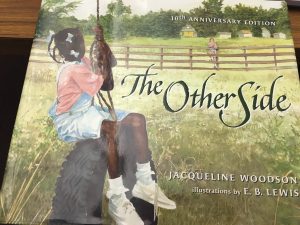
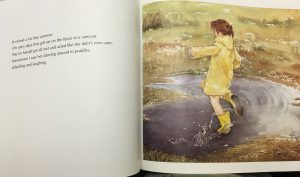 between both girls. As they continue to talk, the girls move closer together. In the story, the fence is a physical barrier between the interaction of the African American and the White populations. It also symbolically represents the barriers that people, especially African Americans, face in their lives. This title, The Other Side, also refers to another aspect of the story. This story features a main character that questions why racism and prejudice are ruling people’s lives. In this case, the character is the person on the other side of the powerful race during this time. This powerful theme carries into other aspects of life. Readers will benefit from the tolerance displayed in the story.
between both girls. As they continue to talk, the girls move closer together. In the story, the fence is a physical barrier between the interaction of the African American and the White populations. It also symbolically represents the barriers that people, especially African Americans, face in their lives. This title, The Other Side, also refers to another aspect of the story. This story features a main character that questions why racism and prejudice are ruling people’s lives. In this case, the character is the person on the other side of the powerful race during this time. This powerful theme carries into other aspects of life. Readers will benefit from the tolerance displayed in the story.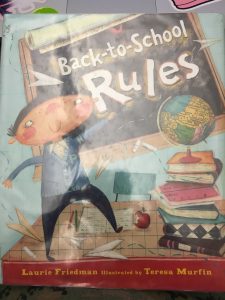 Title: Back-to-School Rules
Title: Back-to-School Rules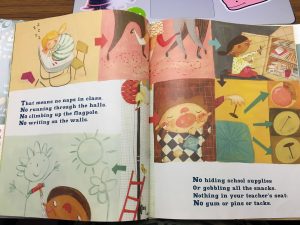 depicting the behaviors that Percy claims you should not do . Percy’s rules are often a different color in the text. The illustrator uses different techniques to display the information. For example, on one page, she uses arrows to display the order of which it appears in the text. On the next page, she uses a thought cloud to display the rules. The illustrator also uses a chalkboard to display the rules of Percy. Structurally, the text has a slight rhyming scheme. However, it is sometimes forced, making it difficult to hear the rhyming.
depicting the behaviors that Percy claims you should not do . Percy’s rules are often a different color in the text. The illustrator uses different techniques to display the information. For example, on one page, she uses arrows to display the order of which it appears in the text. On the next page, she uses a thought cloud to display the rules. The illustrator also uses a chalkboard to display the rules of Percy. Structurally, the text has a slight rhyming scheme. However, it is sometimes forced, making it difficult to hear the rhyming.